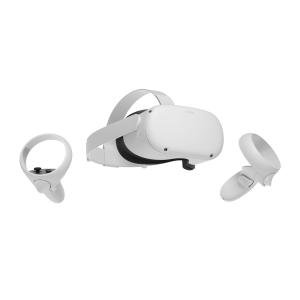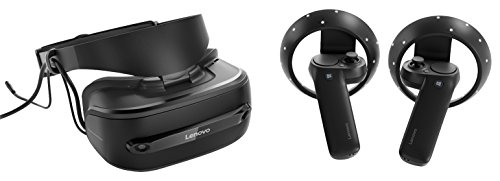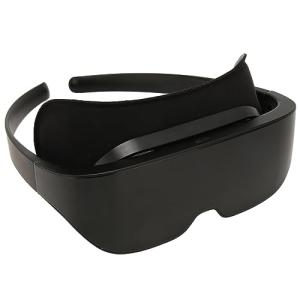When it comes to Augmented Reality Software, the benefits are hard to ignore. Imagine being able to layer digital info right onto the real world around you. It’s like having a superpower! This tech can be a game changer for businesses, education, and even gaming. You get to experience everything in a whole new way, engaging with content that seems to jump right out at you.
For businesses, Augmented Reality Software can boost customer engagement. Think about virtual try-ons for clothes or makeup—customers can see how things look without even stepping into a store. This not only helps people make better decisions, but also cuts down on returns. It's a win-win. Plus, showcasing products in a vivid, interactive way can make your brand stand out big time!
In education, Augmented Reality Software brings lessons to life. Picture students exploring space by viewing 3D models of planets right in their classroom. This hands-on experience can make learning fun and memorable. It helps students grasp complex concepts better, staying engaged in ways traditional methods just can’t match.
Gaming is another area where Augmented Reality Software shines. You’re not just staring at a screen; you’re stepping into the action itself. Whether you’re hunting monsters or solving puzzles, the physical world around you becomes part of the game, making every adventure feel epic. It’s a whole new level of excitement!
With all these perks, it’s clear that Augmented Reality Software has the power to transform how we interact with the world. Whether you’re a business owner, a teacher, or just someone who loves cool tech, diving into this world can unlock incredible possibilities.
Top Augmented Reality Software to Try
If you've been curious about jumping into the world of Augmented Reality Software, you're in for a treat! These tools can enhance the way you see and interact with the world around you. Whether you're an artist, a developer, or just a tech enthusiast, there's something here for everyone.
One standout option is Unity AR Foundation. If you’ve toyed with game development or app creation, this is your go-to. It lets you build AR experiences for both iOS and Android without breaking a sweat. It’s packed with features, and the community support is fantastic, so you’ll never feel lost.
Next up is Wikitude. This tool shines for its easy-to-use interface, making it perfect for beginners and pros alike. Anything from simple AR experiences to complex applications, Wikitude has got your back. Plus, it supports a bunch of different platforms, so you can reach your audience no matter where they are.
If you want something a bit different, check out ZapWorks. This platform is all about making interactive experiences. Its intuitive design makes it simple to create AR content, especially for marketing or educational purposes. The analytics features let you track how users are engaging, which is super helpful.
Lastly, consider ARKit and ARCore. If you're deep into mobile app development, these tools are a must. They provide robust features for iOS and Android apps respectively, giving you the ability to create immersive and engaging experiences that users can't get enough of. They’re both super powerful and widely used in the industry, which means there are tons of resources out there to help you along the way.
Oculus Rift + Touch Virtual Reality System
Product information
$99.99
Product Review Score
4.45 out of 5 stars
133 reviewsProduct links
Key Features of Great AR Software
When you're on the hunt for great Augmented Reality Software, a few key features can make all the difference. You want something that’s user-friendly because, let’s be honest, no one wants to spend hours figuring out how to use the app. A smooth interface can help you jump right in and start creating amazing experiences without a steep learning curve.
Look for tools that offer top-notch compatibility with various devices. You don’t want software that works only on a select few gadgets. The best Augmented Reality Software will seamlessly integrate with smartphones, tablets, and even some AR glasses. This way, you can reach a wider audience and make your AR experiences accessible anywhere.
Another must-have feature is robust tracking capabilities. Good software should recognize and interact with real-world objects effortlessly. This makes your AR experiences feel more seamless and engaging, as users see digital elements perfectly blended with their surroundings.
Don’t forget about customization options! It’s important to personalize your AR content to fit your brand or project. Great Augmented Reality Software should provide you with templates, graphics, and design tools to make your vision come to life. The more you can tweak and refine your projects, the better they'll resonate with your audience.
Lastly, pay attention to analytics features. Knowing how users interact with your AR experiences can help you improve future projects. Solid Augmented Reality Software should offer insights into what works and what doesn’t, so you can continue to create awesome content that sticks with your audience.
Oculus Quest 2 - Advanced All-in-One Virtual Reality Gaming Headset for Family Holiday - White - 256GB Video - Silicone Mask Pad + 16 Feet USB Type-C Link Cable
Product information
$439.00
Product Review Score
4.78 out of 5 stars
22 reviewsProduct links
How to Choose the Right AR Software
Choosing the right Augmented Reality Software can be a game changer for your projects. First, think about what you want to achieve. Are you looking to create interactive marketing campaigns, engaging training tools, or just want to add some fun features to your app? Knowing your goals will help narrow down the options.
Next, consider your audience. If you’re targeting gamers, certain platforms might work better for you. If you want to reach businesses, look for software that offers tools for collaboration and presentations. Each Augmented Reality Software has unique strengths, so match the features to your audience’s needs.
Don’t forget about ease of use! Some software can be pretty technical. If you’re not a coding whiz, find tools that offer user-friendly interfaces. These can save you headaches down the line and let you focus on creating amazing experiences instead of pulling your hair out over complicated setups.
Lastly, take a look at the support and resources available. Good Augmented Reality Software should offer tutorials, a community, or customer support to help you out when you hit a snag. The last thing you want is to be stuck without guidance when you're in the thick of your project.





